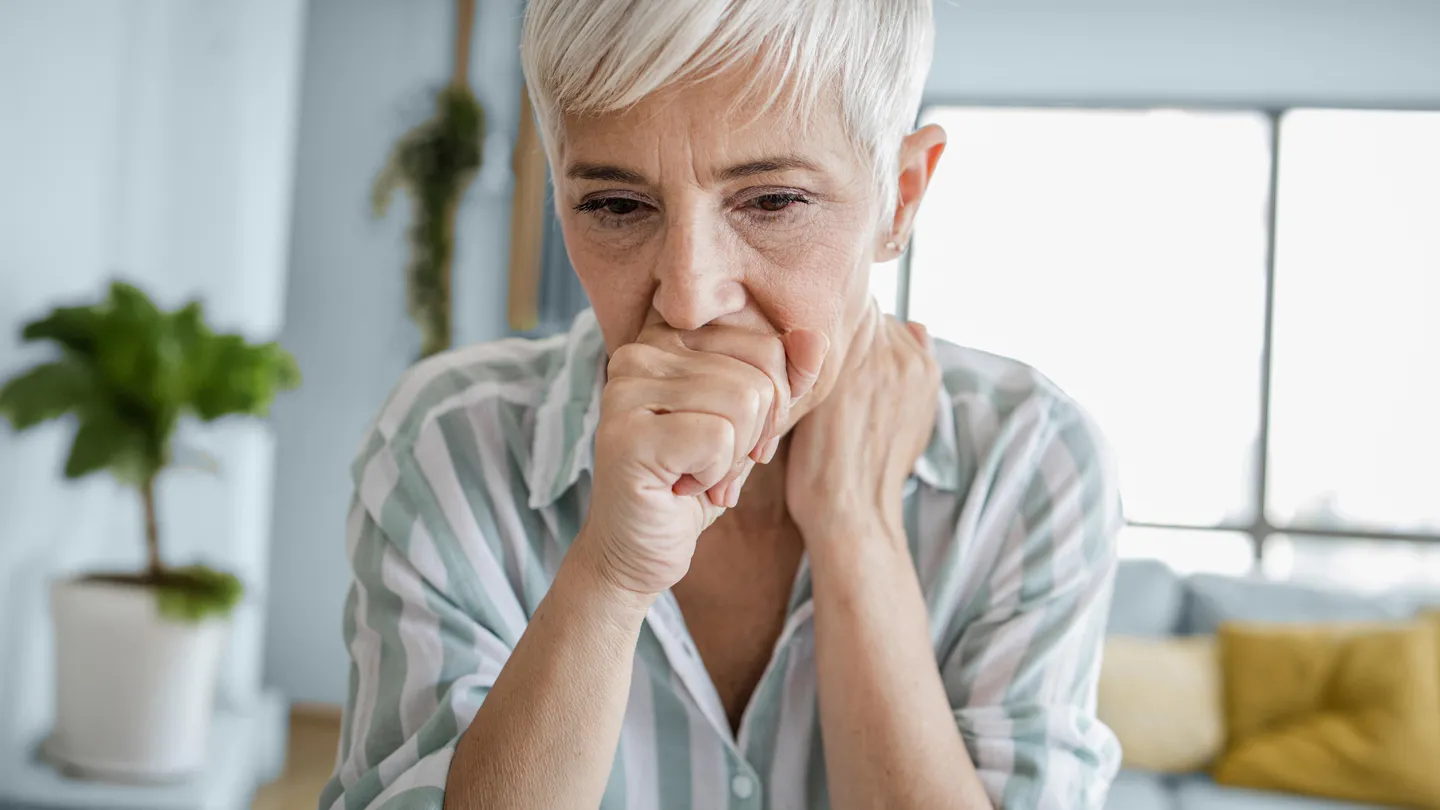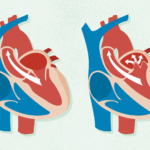The symptoms of lung cancer don’t vary much between women and men, but there can be a difference in when it’s detected and treated. Women are also more likely to develop certain types of lung cancer.
“When you compare men to women, percentage-wise, there’s a higher percentage of adenocarcinoma in women,” says Lowenthal. “Even in the smoking population, adenocarcinomas are more common in women compared to men.”
Women are 2.5 times more likely to develop this cancer subtype than men, and they tend to be never-smokers. There are also racial differences within the female community. Asian American women in particular are at higher risk. Studies show that they are almost twice as likely as women of other ethnicities to develop lung adenocarcinoma.
Fortunately, women tend to develop tumours with genetic mutations that make them a better fit for groundbreaking cancer treatments like targeted therapy.
“We call these actionable mutations,” says Lowenthal. “These are mutations that are driving the tumors’ growth, and for which we’ve developed a lot of targeted therapies that have been game-changers for many women. It’s almost like taking an antibiotic for your cancer.”
These are not curative therapies, he adds, “but for many women, they can be highly effective for a prolonged period of time.”
These targeted therapies and actionable mutations may contribute, at least in part, to the difference in outlook between men and women. Women with lung cancer tend to, overall, have a better survival rate compared with men.
Read the full article here




